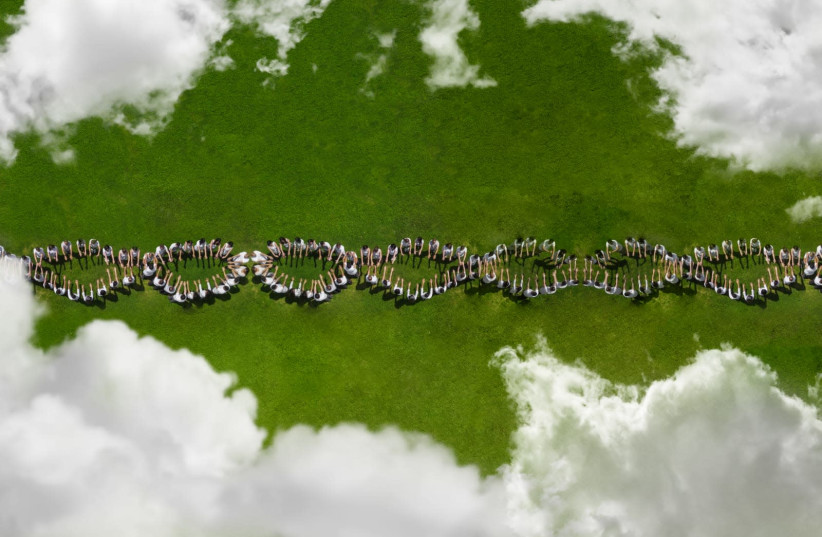Head lice could be the key to a better understanding of the history and lives of ancient humans in South America, according to a new study released on Tuesday and led by the University of Reading.
DNA of ancient Argentinian mummies was extracted from a cement-like substance used by lice in the distant past to glue their eggs to human hair.
The study was published in the Molecular Biology and Evolution journal by University of Reading scientists who worked in collaboration with the National University of San Juan, Bangor University, the Oxford University Museum of Natural History and the University of Copenhagen.
The DNA extracted from the human remains, which date from 1,500-2,000 years ago, was of better quality than DNA recovered through any other method and has revealed clues about pre-Columbian human migration patterns within South America, according to the University of Reading.
According to the researchers, the preservation of human DNA within the lice's "cement" is possible due to skin cells becoming encased in the substance, which was produced by female lice to attach their eggs to the human scalp.

The scientists were able to closely analyze the DNA samples extracted and come to amazing conclusions, due to the well-preserved nature of the DNA.
For example, the scientists were able to determine the sex of each of the human hosts. In addition, they found a genetic link between the DNA and humans living in Amazonia 2,000 years ago, meaning that the human remains most likely migrated from northern South America down to the land which is now Argentina.
This new method of DNA extraction could potentially allow many more unique samples to be studied from human remains when bone and tooth samples are unavailable.
"We have shown that our genetic information can be preserved by the sticky substance produced by headlice on our hair," said University of Reading's Dr. Alejandra Perotti, who led the research.
"In addition to genetics, lice biology can provide valuable clues about how people lived and died thousands of years ago. Head lice have accompanied humans throughout their entire existence, so this new method could open the door to a goldmine of information about our ancestors while preserving unique specimens."